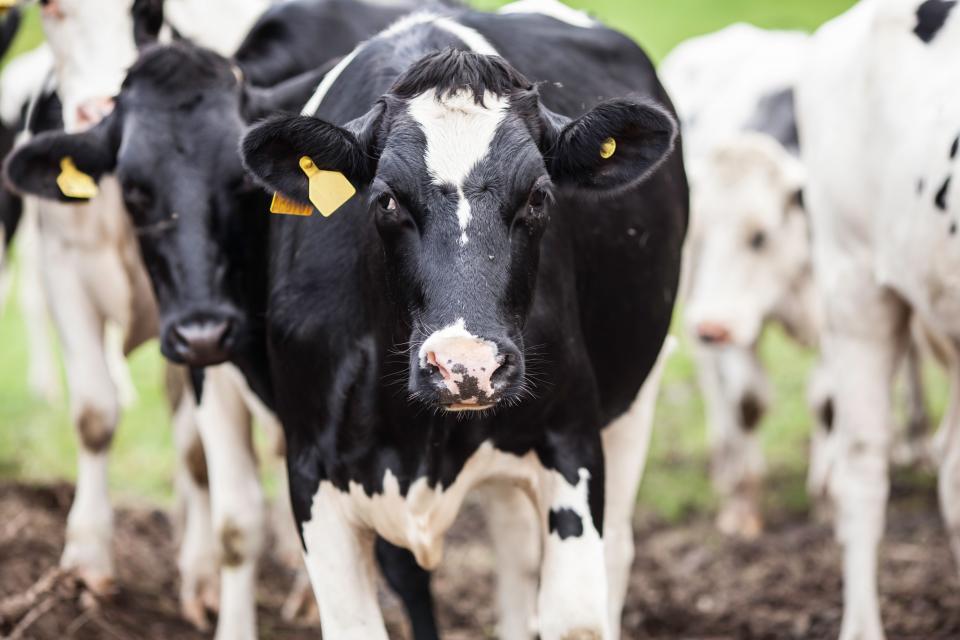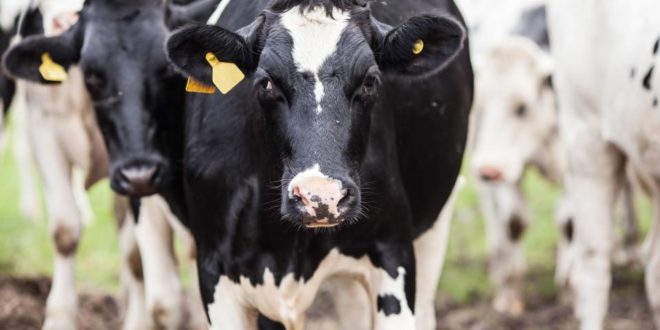The interaction between the dairy industry and the environmental health of our waterways has long been a subject of discussion and debate, the key issue being whether or not we could have it both ways – protect the environment as well as continuing to grow the industry. The debate was brought down to earth with a mild comment from David Parker on TVs Q and A recently, to the effect that in order to meet acceptable environmental standards it might be necessary to reduce dairy cow numbers in some parts of the country. However, he was clear that this would be implemented from an outcome (not input) perspective, ie the Government would set the environmental standards and if they were being breached due to dairy farming effluent, it would be up to the farmers to decide what measures to take to enable the standards to be met.
In many ways the Parker comment was a breath of fresh air because it stated the obvious, ie that unconstrained growth in herd numbers was not consistent with meeting acceptable environmental standards. It needed to be said! For that reason, I think reaction, even from the farming sector, has been quite muted. A factor too is that the problem is specific to particular parts of the country – I would think that many farmers would already be in a satisfactory position to meet the standards.
A key element of the Government’s approach is the focus on outcomes whereas comment from the sector to date has very much been focused on inputs eg the extent to which farmers are fencing off, and planting trees/bushes along the verges of, water ways which run through their properties. Praiseworthy though such actions might be, the reality is that they need to be effective in reducing waterway pollution to below acceptable levels – if they are not effective then other actions will be needed.

So, what are the actions that can be taken, apart from fencing and planting along waterways?
It has already been suggested, and I agree, that the key parameter for farmers is the maintenance of profitability. In this context possible actions include:
- Producing higher value products from milk: Although some farmer action in this area is possible – A2 milk being an example – it is organisations like Fonterra that control the adding of value, and the reflection of this in the pay-out to farmers. However, this is a tough option as there is intense competition across the world in the added value space and Fonterra has already found it hard going. However, if successful herd numbers can then be reduced while maintaining profitability
- Improving productivity on the farm ie more milk per cow or alternatively lower cost methods of dairy farming. Again, the end game is that herd numbers can be reduced while maintaining profitability.
- Switching to farming practices which enable effluent run off to be reduced, eg the use of feed lots so that the majority of the effluent can be controlled and treated. The catch here is cost so that in maintaining profitability there will be a difficult balance between increasing costs, increasing herd numbers to compensate and still controlling effluent to an effective degree.
- Switching to a different type of farming, ie away from dairy. This is likely to be a tough option, as in many cases dairying expansion has occurred because it is the most profitable use of the land.
It is possible that science and technology will come to the rescue as the dairying sector invests significantly in research and development.
Leaving aside the possible impact of new technologies, it is possible that in some cases the measures set out above – and other measures – will not be sufficient, and it will be necessary to resort to the blunt weapon of reducing herd numbers, ie reducing the number of cows per hectare, even if this reduces profitability. It remains to be seen whether farmers will actually do this given the consequences, which would certainly entail a reduction in net incomes and in extreme cases could force farm closures. An even more interesting questions is what the Government would then do about it. Would it be prepared to follow through with sanctions or would it back off? If the decision was left to David Parker my guess is that he would follow through – although softly spoken he is a tough cookie and well prepared to make hard calls. However, he would need Cabinet support and that I am not at all sure about.
A key element in this is of course the standards themselves – how tough will they be. That information has yet to come.
All of this may turn out to be hypothetical – the standards eventually set may well be met by voluntary action. We will have to wait and see.
By Bas Walker
This is another of Bas Walker’s posts on GrownUps. Please look out for his articles, containing his Beachside Ponderings.









Join the Discussion
Type out your comment here:
You must be logged in to post a comment.